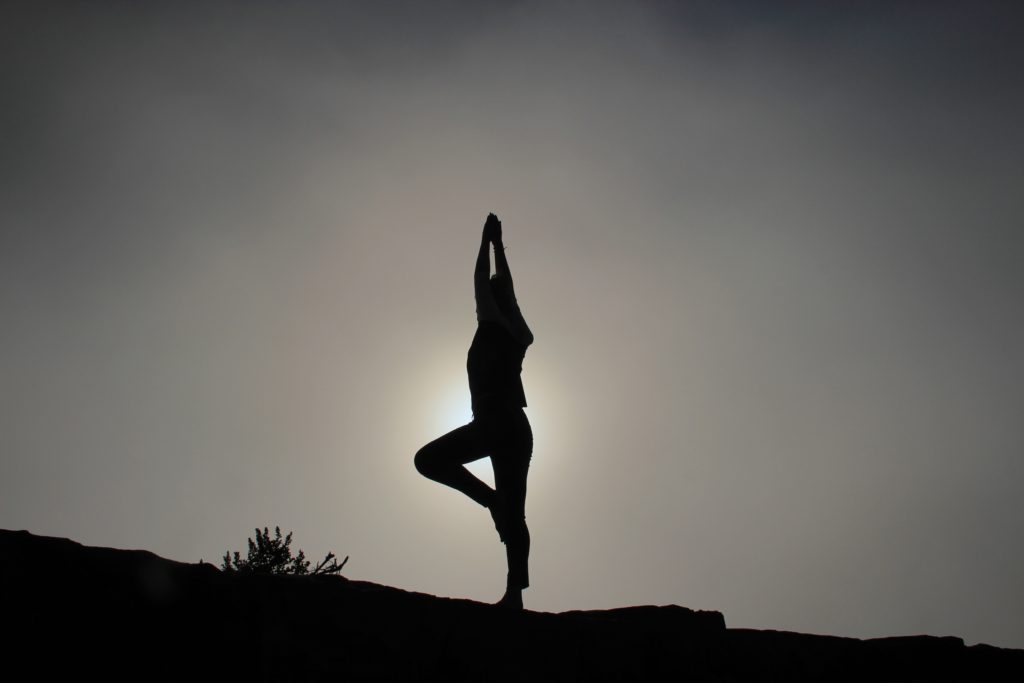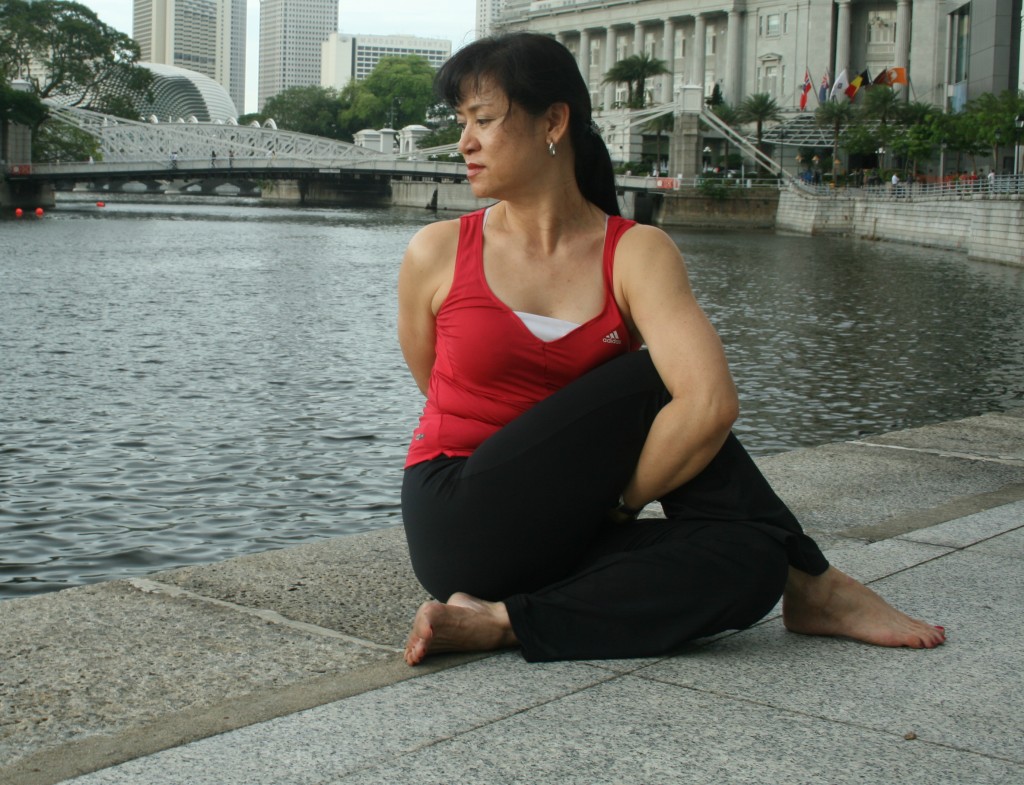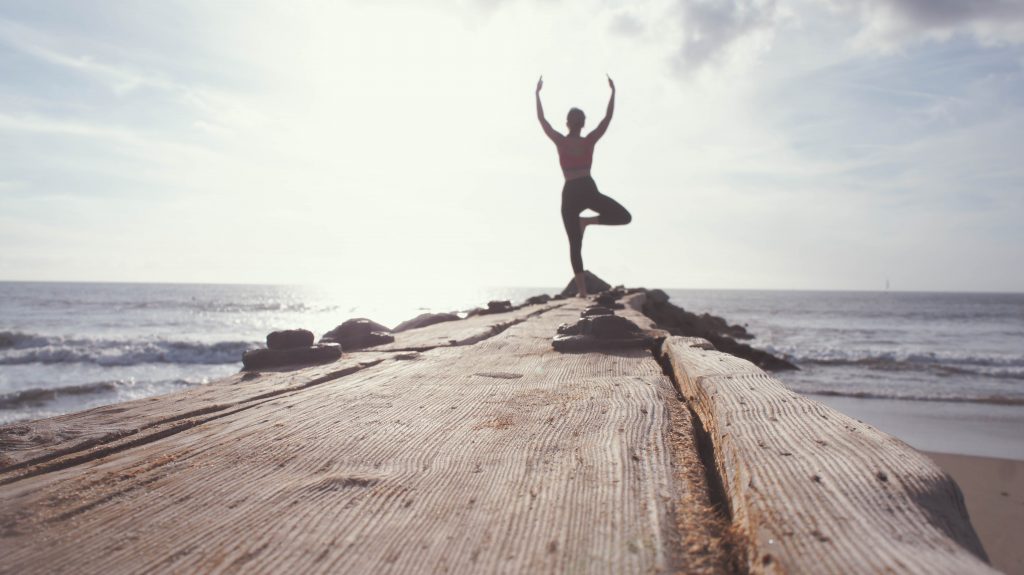
Yoga Twists: Listen as You Move
Photo Credit: AK, via Flickr Creative Commons
Twisting can improve circulation to the organs while also improving the flexibility of the spine, hips and shoulders. If we twist mindlessly, we miss all the information the body is offering us about our selves, and our patterns.The process of observing how we get there is more important than just getting there.
The process of observing how we get there is more important than just getting there.
What are the patterns of movement in the spine? Where do you twist easily and freely? Where are you “hung up” or not moving freely? How do you compensate for lack of movement? Do you try harder or do more in another area that moves more easily? Does one side move easier than the other? Where do you meet resistance and what do you do when you meet it? These are questions you can ask yourself when you practice the twist, or any yoga posture for that matter.
With postures, it’s easy to get caught up in dong it “right” or looking “good” in a pose, but the practice asks so much more of us. It asks us to be present with ourselves in this moment; to explore and to look closely at our habits. Being open to asking and listening is at the heart of practice. It not only trains us to be in communication with our bodies, but it strengthens the relationship between our body and mind and empowers our inner healer.
A Simple Twist
- Sit on the floor with the legs stretch out.
- Bend the right knee and place the right foot on the floor.
- Hold the right knee with the left hand.
- Place the right hand on the floor behind you.
- Use the right hand to support lift of the spine. (With a little pressure it will feel as if you are decompressing the spine).
- Move very slowly as you breath.
- Begin to twist in the base of the spine through the vertebra of the neck and pause when you meet resistance. Notice. Keep breathing.
- Can you keep moving or is that the place to rest? If you have more movement, continue slowly. Pause and observe what you notice. No judgement. (Judgment only gets in the way of your observation.)
- When you have spent time noticing and listening, then slowly untwist.
- Practice on the other side. When done, lie down and rest completely.
- Notice the life force moving through you. Listen to any information the body continues to offer you about yourself. Not only does the body talk but it gives us information about ourselves that generalizes to other aspects of our lives.
- What is your body telling you when you twist?








